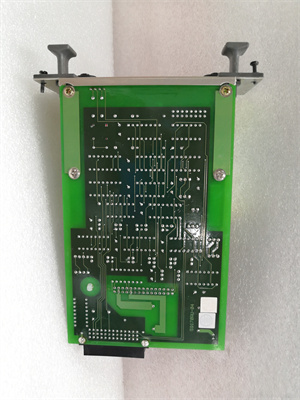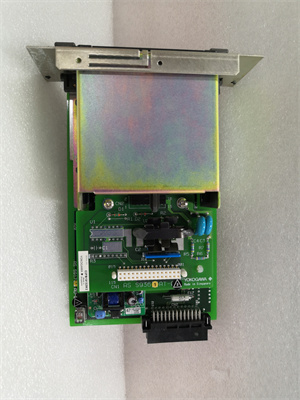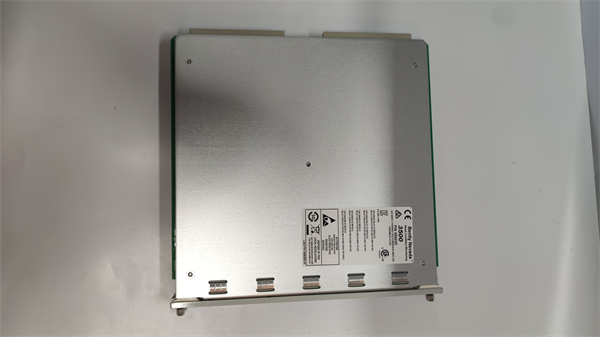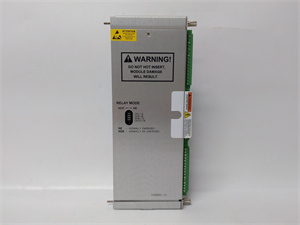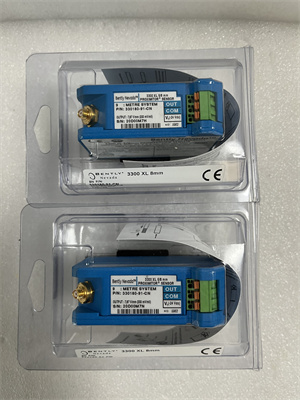Description
1. Product Description
The YOKOGAWA AIP571 is a high-performance Electrical Transceiver RIO (Remote Input/Output) Module designed for industrial automation systems, particularly Yokogawa’s CENTUM CS and CENTUM VP Distributed Control Systems (DCS). Serving as a communication bridge between field devices and control units, the AIP571 supports dual-redundant ESB (Expansion Serial Bus) configurations, ensuring reliable data transfer in critical applications. It integrates multiple communication protocols (RS-485, Modbus RTU, Foundation Fieldbus) and offers robust surge protection, making it suitable for harsh environments in industries like oil & gas, chemical processing, and smart grids. With a compact design (5.1 cm x 12.7 cm x 20.3 cm) and lightweight construction (0.3 kg), the module simplifies installation and integration into existing systems.
2. Product Parameters
| Parameter | Specification |
|---|---|
| Brand | Yokogawa |
| Model | AIP571 |
| Type | Electrical Transceiver RIO I/O Module |
| Communication Protocols | RS-485, Modbus RTU, Foundation Fieldbus |
| I/O Interface | Digital and analog I/O for remote device connectivity |
| Redundancy Support | Dual-redundant ESB bus configuration |
| Surge Protection | Built-in for industrial noise and voltage spikes |
| EMC Compliance | Compliant with electromagnetic compatibility standards |
| Operating Temperature | -20°C to +60°C |
| Dimensions | 5.1 cm x 12.7 cm x 20.3 cm (2.0” x 5.0” x 8.0”) |
| Weight | 0.3 kg |
| Compatibility | Yokogawa CENTUM CS/VP DCS, remote I/O systems |
| Certifications | CE, RoHS |
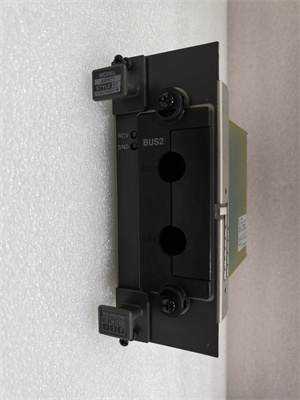
YOKOGAWA AIP571
3. Advantages and Features
- High Reliability: Dual-redundant ESB bus ensures uninterrupted communication, critical for 24/7 operations in industries like oil refineries.
- Multi-Protocol Support: Seamlessly integrates with diverse field devices (sensors, actuators) via RS-485, Modbus RTU, or Foundation Fieldbus.
- Environmental Resilience: Surge protection and wide temperature range (-20°C to +60°C) enable use in harsh industrial settings (e.g., outdoor installations).
- Compact Design: Space-saving form factor reduces panel complexity in modular control systems.
- Easy Integration: Plug-and-play setup with Yokogawa DCS, minimizing configuration time.
4. Application Areas and Case Studies
- Industries: Oil & gas, chemical processing, water treatment, smart grids, and manufacturing.
- Use Cases:
- Chemical Plant Remote I/O: Deployed in a petrochemical facility to connect 50+ remote sensors and valves to a CENTUM VP system, achieving 99.9% uptime with redundant AIP571 modules.
- Smart Grid Monitoring: Used in a substation to transmit real-time data from distributed sensors to a control center via Modbus RTU, improving grid stability.
- Water Treatment Automation: Controls pumps and filters in a wastewater plant, ensuring efficient process monitoring via Foundation Fieldbus.
5. Competitive Comparison
Compared to similar RIO modules:
- Redundancy Flexibility: Dual-redundant ESB bus (vs. single-bus systems in many competitors).
- Protocol Versatility: Supports Foundation Fieldbus (a premium protocol for process control) alongside standard RS-485/Modbus.
- Space Efficiency: 30% smaller than comparable modules (5.1 cm depth vs. 7 cm average), ideal for compact installations.
YOKOGAWA AIP571
6. Selection Recommendations
- System Compatibility: Ensure integration with Yokogawa CENTUM CS/VP or third-party systems supporting the module’s protocols.
- Redundancy Needs: Opt for dual AIP571 modules for fault tolerance in critical processes (e.g., oil pipeline monitoring).
- Environment: Verify temperature (-20°C to +60°C) and surge protection requirements match site conditions.
- Scalability: Choose AIP571 for mid-sized systems (up to 100 I/O points); upgrade to higher-capacity modules (e.g., AIP578) for larger setups.
7. Precautions
-
Installation: Mount vertically in a well-ventilated enclosure; avoid direct exposure to moisture or dust.
-
Wiring: Use shielded cables for signal lines; follow Yokogawa’s wiring diagrams for ESB bus redundancy.
-
Configuration: Calibrate communication parameters (e.g., baud rate, device address) via Yokogawa’s configuration tool (ProSafe-RS or CENTUM VP Workstation).
-
Maintenance: Schedule quarterly checks for loose connections; replace modules every 8–10 years (per Yokogawa’s lifecycle guidelines).
-
Safety: Power off the system before module replacement; adhere to local electrical safety standards.


